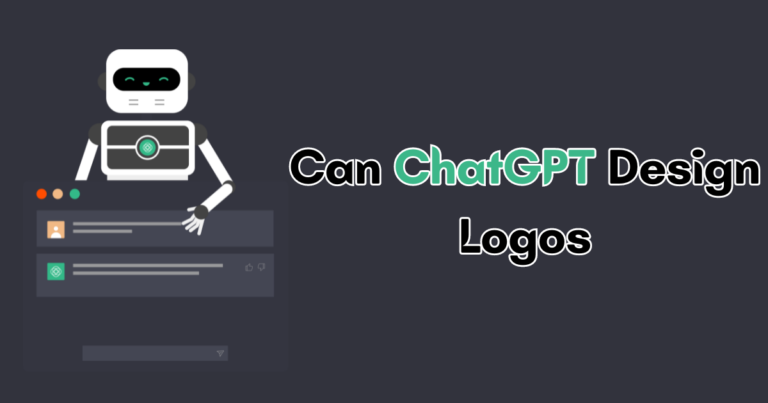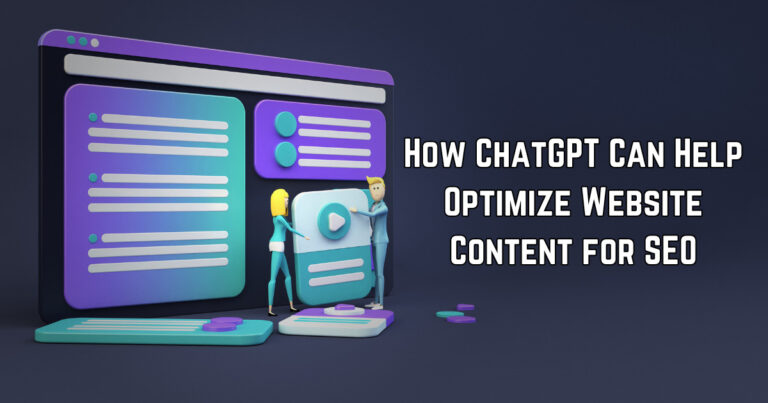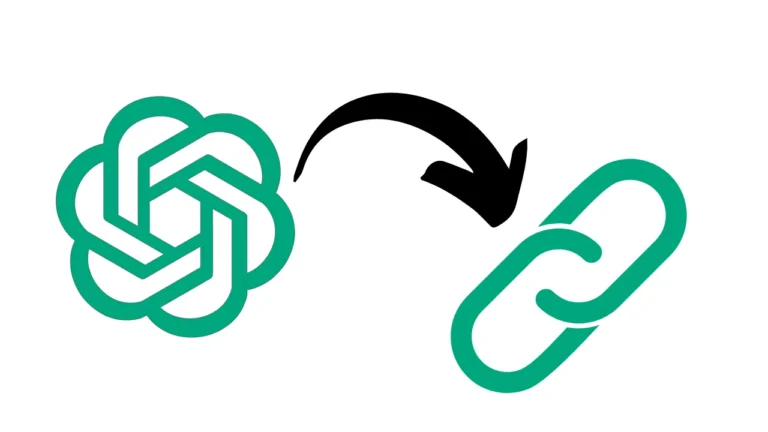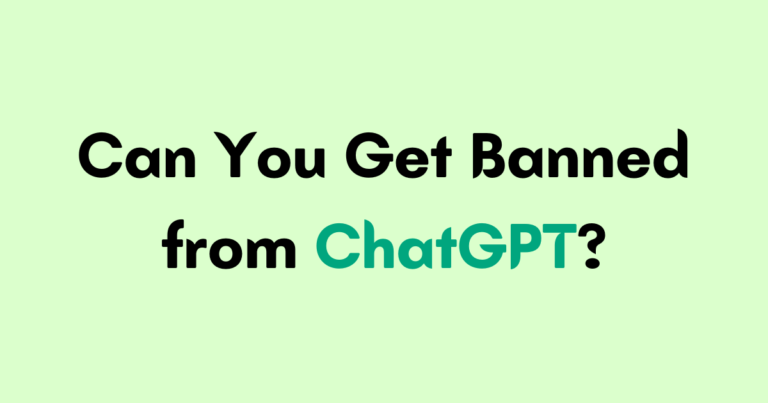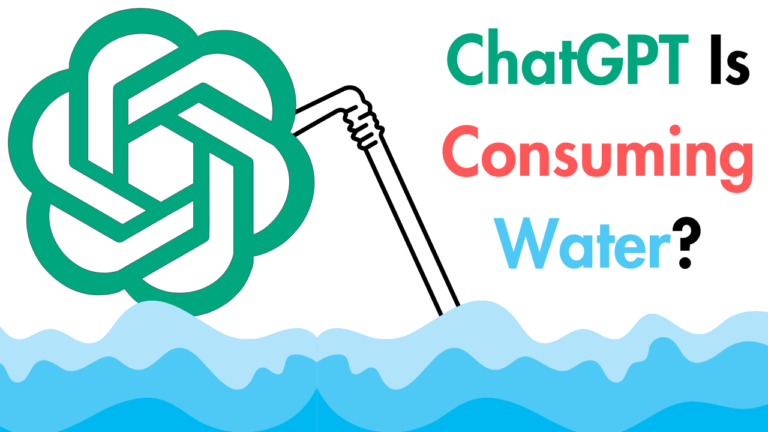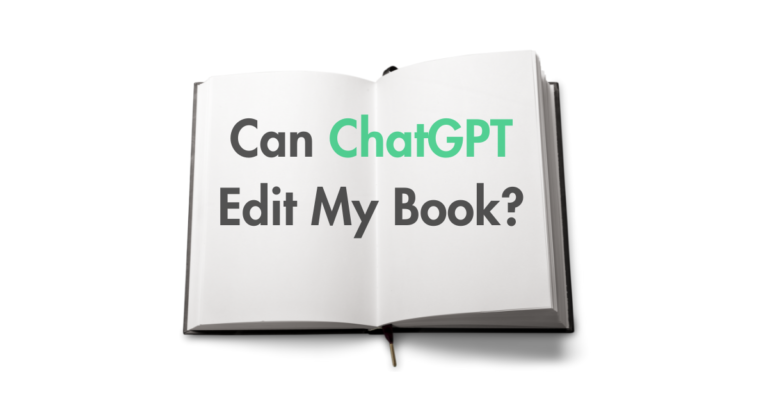
Do you also have the same curiosity as me about Can SafeAssign Detect ChatGPT? Then, this content right below is going to answer you.
In the realm of academia, maintaining academic integrity is of utmost importance. Plagiarism is highly discouraged, and institutions rely on plagiarism detection tools to ensure originality in students’ work.
SafeAssign is one such tool widely used to detect instances of copied content in student papers. However, with the rise of advanced AI models like ChatGPT, there is a growing concern about whether SafeAssign can effectively detect AI-generated text.
In this comprehensive article, we will delve into the intricacies of SafeAssign and ChatGPT to determine whether SafeAssign can indeed detect ChatGPT-generated content.
Contents
Can SafeAssign Detect ChatGPT?
SafeAssign is not equipped with AI detection capabilities, which means it cannot directly identify text generated by ChatGPT.
SafeAssign primarily focuses on comparing text against a database of academic papers, websites, and student submissions to detect plagiarism.
As ChatGPT generates fundamentally unique text, it bypasses SafeAssign checks, as there is no direct copying from existing sources.
SafeAssign’s limitations include its inability to identify the subtle patterns and quirks of AI-generated text, making it challenging for the tool to detect ChatGPT-generated content.
The question arises: can SafeAssign effectively detect content generated by ChatGPT? To answer this question more deeply, we must first understand the core functionalities of SafeAssign and the unique capabilities of ChatGPT.
What is SafeAssign?
SafeAssign is designed to compare submitted text against an extensive database of academic papers, websites, and student submissions.
Its primary goal is to identify instances of copied content and maintain academic integrity. SafeAssign generates an originality report that highlights any sections of the paper that match existing sources.
However, SafeAssign primarily focuses on detecting verbatim plagiarism and may struggle with more sophisticated forms of academic dishonesty, such as paraphrased plagiarism.
Must Check the Comparison Between Surfer SEO and Jasper AI.
Exploring ChatGPT
ChatGPT, developed by OpenAI, is an advanced AI model that utilizes deep learning techniques to generate unique and coherent text.
It can create essays, articles, summaries, poetry, and even translate languages. What sets ChatGPT apart is its ability to generate fundamentally unique text by paraphrasing, summarizing, or creating entirely new sentences.
It adapts to different contexts, styles, and tones, making it challenging for SafeAssign to identify AI-generated text.
Limitations of SafeAssign
While SafeAssign is effective at detecting verbatim plagiarism, it may struggle with more advanced forms of academic dishonesty.
The tool may flag innocent cases of common phrases or well-known facts as plagiarism, and it cannot currently detect AI-generated text.
SafeAssign primarily relies on explicit matches rather than nuanced intricacies that could indicate AI authorship.
Situations Where SafeAssign Can Detect ChatGPT
Although SafeAssign is not explicitly designed to detect AI-generated content like ChatGPT, there are rare scenarios where it could potentially flag ChatGPT’s outputs.
For instance, if ChatGPT duplicates or reuses pre-existing text verbatim without modifying it or crediting the original source, SafeAssign may be able to pinpoint the issue.
Additionally, if ChatGPT overuses or repeats specific phrases or details, SafeAssign might interpret it as plagiarism, especially if the repeated content closely resembles other entries in SafeAssign’s database.
Enhancing Plagiarism Detection for AI-Generated Text
Given the advancements in AI technology, there is a need for enhanced methods to detect AI-generated text and maintain academic integrity. OpenAI is working on developing its own AI classifier to detect plagiarism in content generated by AI models.
Other dedicated AI content detectors, such as GPTZero, Copyleaks, or Originality, can currently detect AI-generated text.
It is likely that academic tools and software, including SafeAssign and Turnitin, will incorporate similar AI detection capabilities in the future.
Final Talks
SafeAssign is a valuable tool for maintaining academic integrity, but it is not currently capable of detecting content generated by ChatGPT or other advanced AI models.
ChatGPT’s unique ability to generate fundamentally unique text poses a challenge for plagiarism detection tools like SafeAssign.
While SafeAssign may occasionally flag ChatGPT’s outputs in specific scenarios, it remains limited in its ability to detect AI-generated text.
As AI technology continues to advance, it is crucial to develop enhanced methods for detecting plagiarism in AI-generated content.
Frequently Asked Questions
Can SafeAssign detect ChatGPT?
No, SafeAssign cannot detect ChatGPT as it is primarily designed to identify verbatim plagiarism and does not have AI detection capabilities.
Are SafeAssign and Turnitin the same?
SafeAssign and Turnitin serve similar purposes in detecting plagiarism, but they may have different databases and algorithms for comparison.

